According to credit rating agency S&P Global, India is the world's fifth largest economy and could surpass Germany and Japan to become the world's third largest economy by 2030. Previously, due to problems such as lack of investment capital and land acquisition, India's infrastructure was still backward and faced many challenges in construction. Indian Prime Minister Narendra Modi has considered strengthening infrastructure construction, especially railways and roads, as the top priority of the Government. Many important airports have also built new terminals.
Ambition to become the world's factory
Recently, India has welcomed Apple, Samsung, Airbus in its bid to become the world factory. Apple is one of the leading names to open the opportunity for India to become the world factory. Apple has accelerated and started manufacturing its latest phone models here, first the iPhone 14, then the iPhone 15. Currently, about 12-14% of the "bitten apple" phones sold in the world are manufactured in India and will increase to 25% by the end of this year.
India’s Commerce and Industry Minister Piyush Goyal hopes Apple’s example will send a strong signal to global companies. The country’s smartphone exports doubled in the fiscal year ending March 2023 to $11 billion.
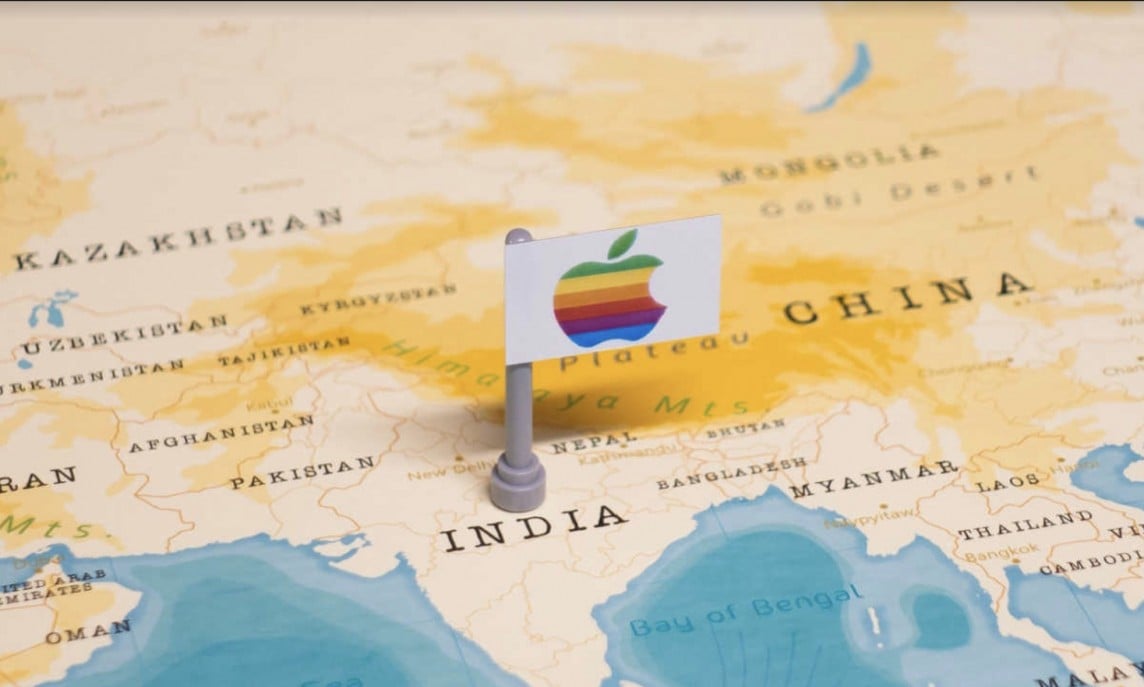 |
| India is becoming an important manufacturing location for Apple. |
A decade ago, Prime Minister Modi’s government outlined its long-term ambition to turn the South Asian nation into the world’s new factory. “ I want to appeal to the world: Come make in India ,” Mr. Modi stressed.
To make this happen, India has launched the “Make in India” initiative to boost the manufacturing sector, which accounts for only 17% of GDP. This strategy includes increasing import tariffs to encourage domestic production. High economic growth (7.3%) and the world’s largest population – 1.4 billion – are also advantages that help the South Asian country attract corporations wanting to access this booming market.
India is set to record $71 billion in FDI in the 2022-23 financial year, with $33 billion in the first half alone. At the World Economic Forum (WEF) in Davos in early 2024, Information Technology Minister Ashwini Vaishnaw said the country aims to attract $100 billion in foreign direct investment per year over the coming period.
To achieve this, India improves four drivers, including infrastructure (physical and digital), improving the lives of the lowest income class, promoting manufacturing and simplifying procedures.
With a multi-dimensional approach, the Indian government wants to aim for the goal of becoming an economic powerhouse. However, senior researcher PS Suryanarayana of the S. Rajaratnam School of International Studies (RSIS) at Nanyang Technological University (Singapore) said that India is unlikely to quickly become the world's factory. Currently, India is mainly trying to build a modern manufacturing base. To achieve this goal, although India is also looking to cooperate with foreign countries.
Visiting Professor Chilamkuri Raja Mohan of the Institute of Southeast Asian Studies (ISAS) at the National University of Singapore also commented that India still has a long way to go to become the world's factory. Manufacturing has always been a weakness of the Indian economy.
During his first term (2014-2019), Prime Minister Modi sought to turn things around through the “Make in India” plan. During his second term (2019-2024), Modi continued to push for incentives and support for a number of manufacturing sectors, including the semiconductor industry. He achieved considerable success in the mobile phone sector, and he hoped to achieve similar results in the production of laptops and computers. The international investment that India’s manufacturing sector received did indeed grow significantly during this period.
Seize the demographic dividend, tap the potential of the young generation
According to the global economic rankings of the British Centre for Economics and Business Research (CEBR), by 2038, the economic scale of South Korea and two population powerhouses, India and Brazil, will be in the top 10.
S&P Global data also shows that East Asia and Southeast Asia will become the engines of global growth. India will drive Asian economic growth in the coming years, with GDP growth expected to reach 6.4% in 2024 and 7% in 2026.
India has replaced China as the world's most populous country. However, the United Nations Children's Fund warns that half of South Asian youth leave school without the skills they need to find decent work.
In fact, like China, India’s birth rate is falling, but it has what demographers call a demographic dividend, a young population. Moreover, India now has a large population of women of childbearing age, so its population will continue to grow until mid-century. A large youth population could accelerate India’s economic growth, giving it a chance to join the ranks of economic superpowers.
According to Xinhua, in a 2023 report by online legal services provider Vakilsearch, “ If India wants to fully capitalize on the post-transformation world economic model, while providing a diversified supply chain of raw materials and creating a market for businesses to rely on, implementing some tax incentives that can bring trade benefits, helping businesses gain long-term benefits from transactions in India, the mismatch between youth skills and jobs needs to change .”
Source



![[Photo] Phuc Tho mulberry season – Sweet fruit from green agriculture](https://vstatic.vietnam.vn/vietnam/resource/IMAGE/2025/4/10/1710a51d63c84a5a92de1b9b4caaf3e5)

![[Photo] Prime Minister Pham Minh Chinh chairs meeting to discuss tax solutions for Vietnam's import and export goods](https://vstatic.vietnam.vn/vietnam/resource/IMAGE/2025/4/10/19b9ed81ca2940b79fb8a0b9ccef539a)
![[Photo] Unique folk games at Chuong Village Festival](https://vstatic.vietnam.vn/vietnam/resource/IMAGE/2025/4/10/cff805a06fdd443b9474c017f98075a4)

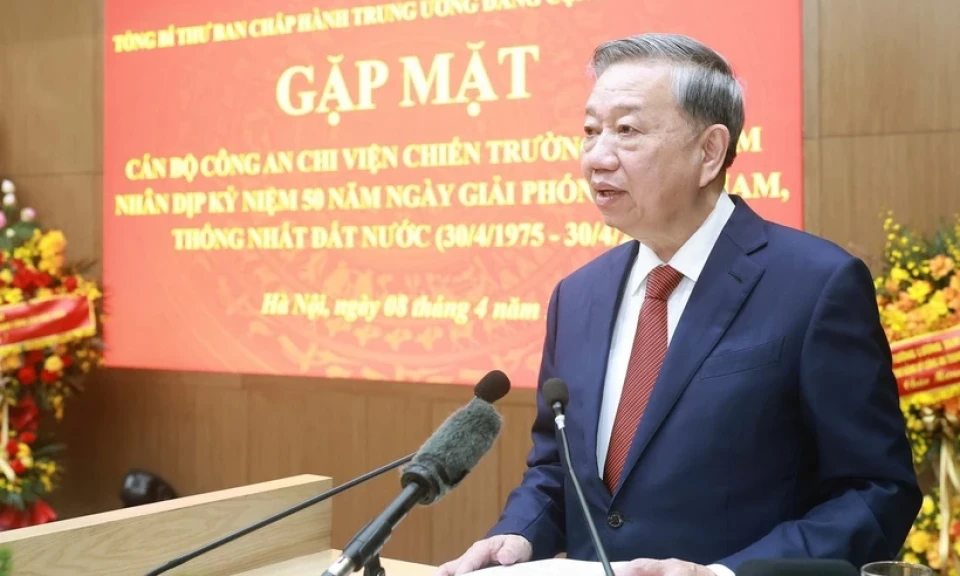



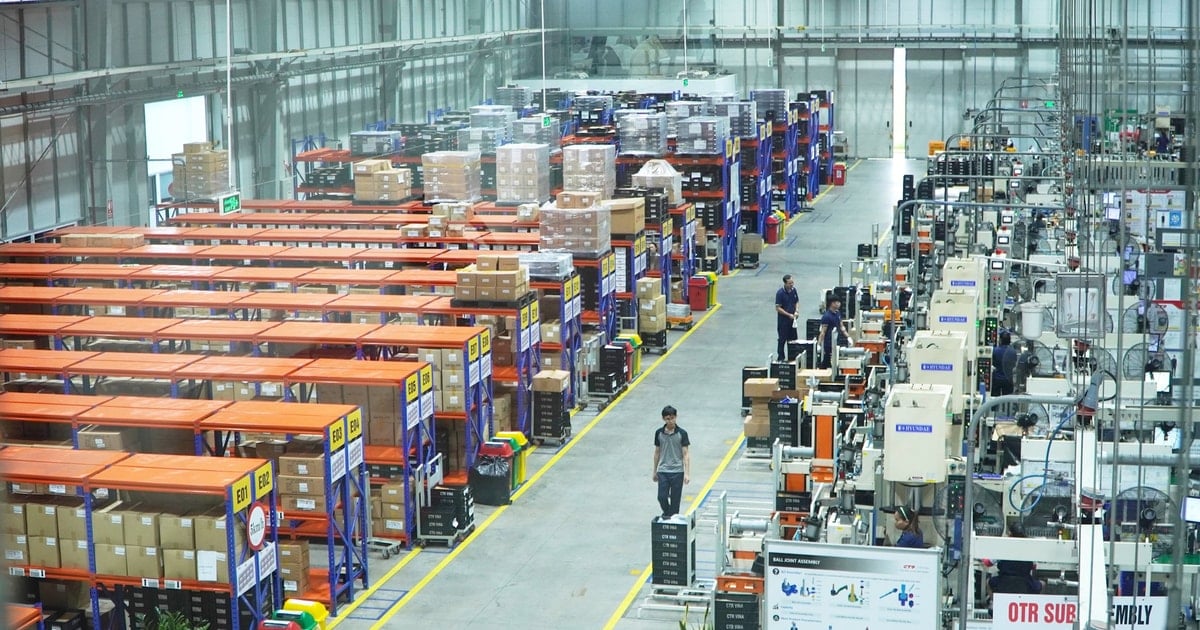

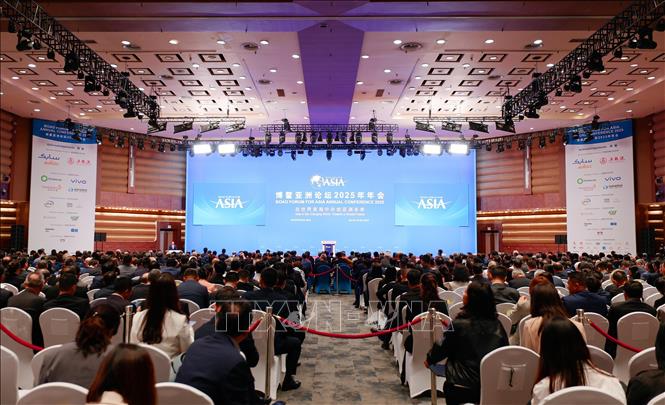





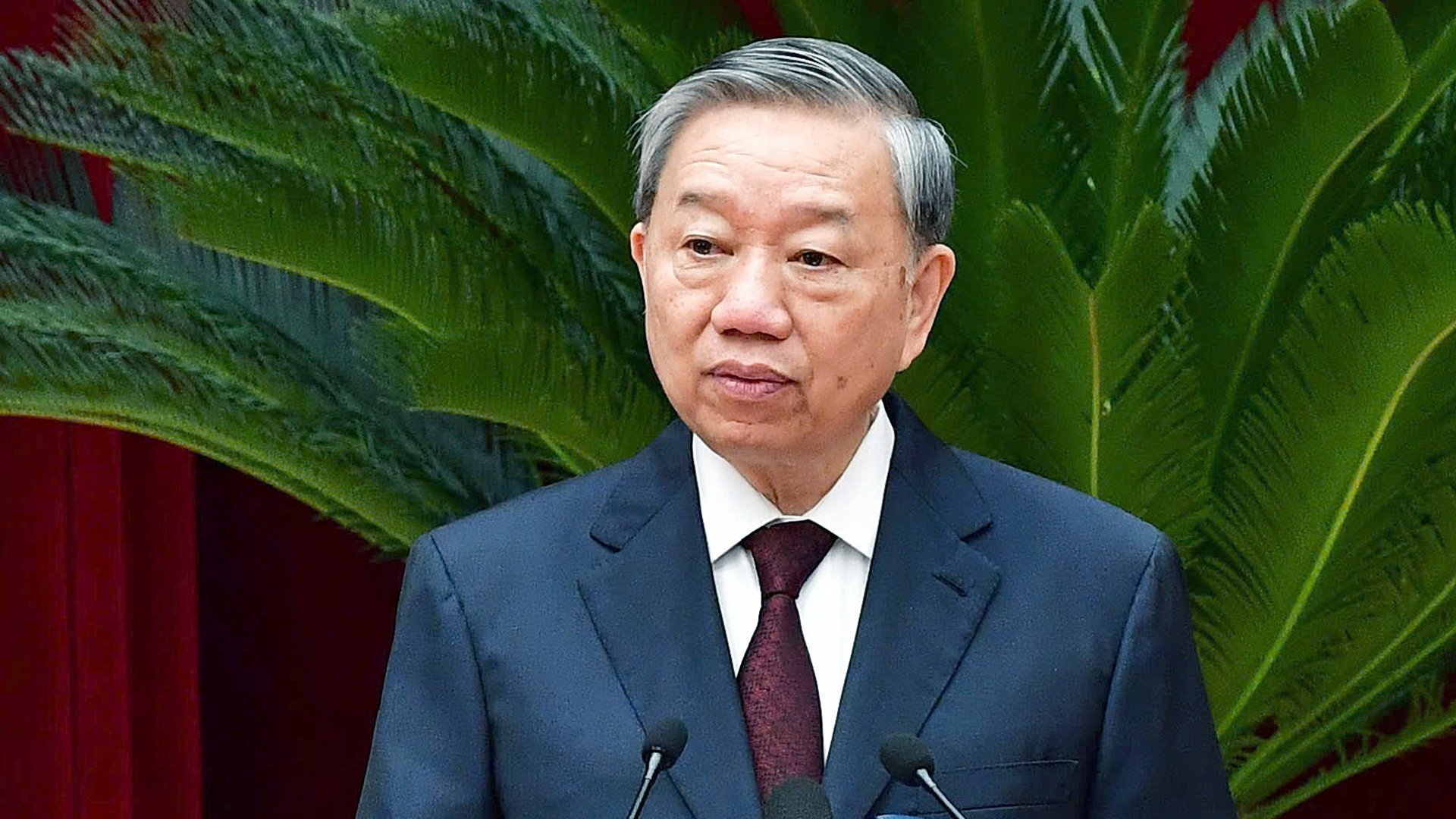





























































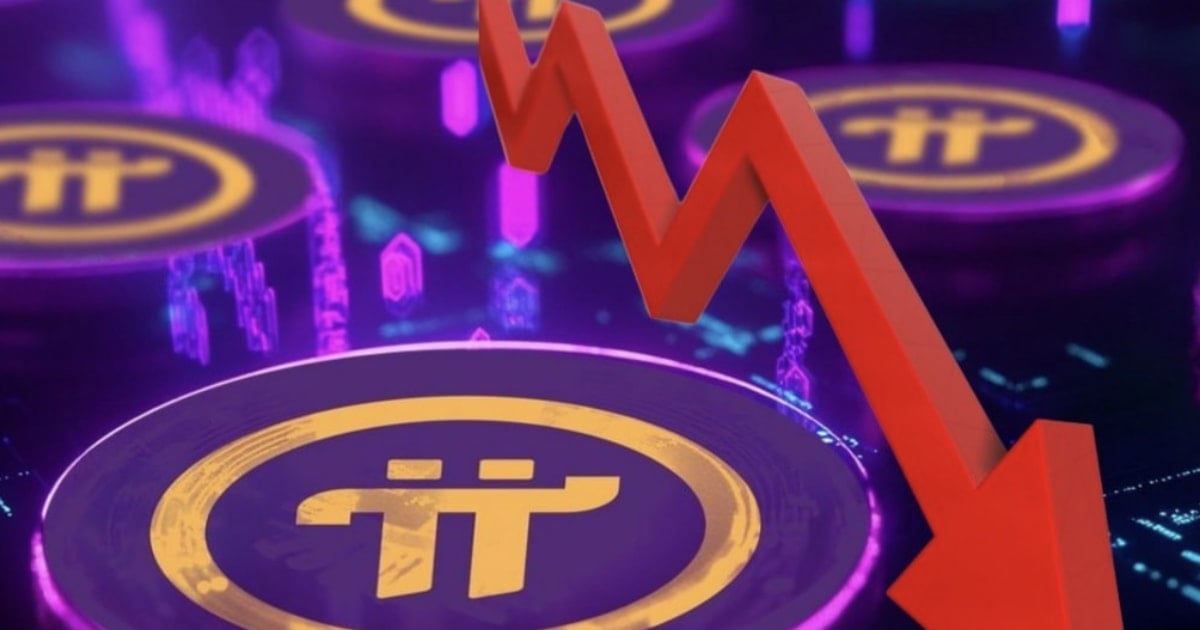














Comment (0)